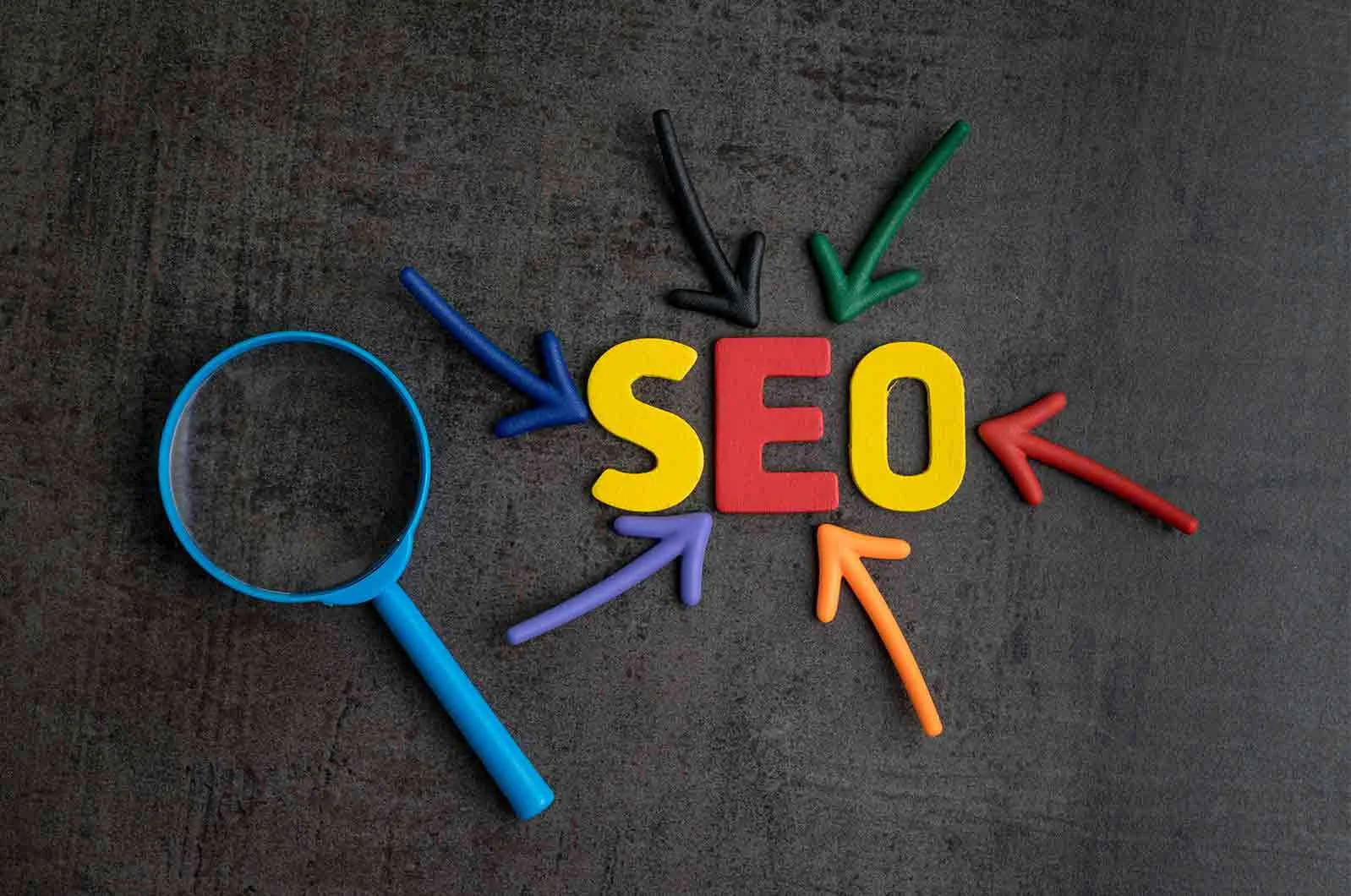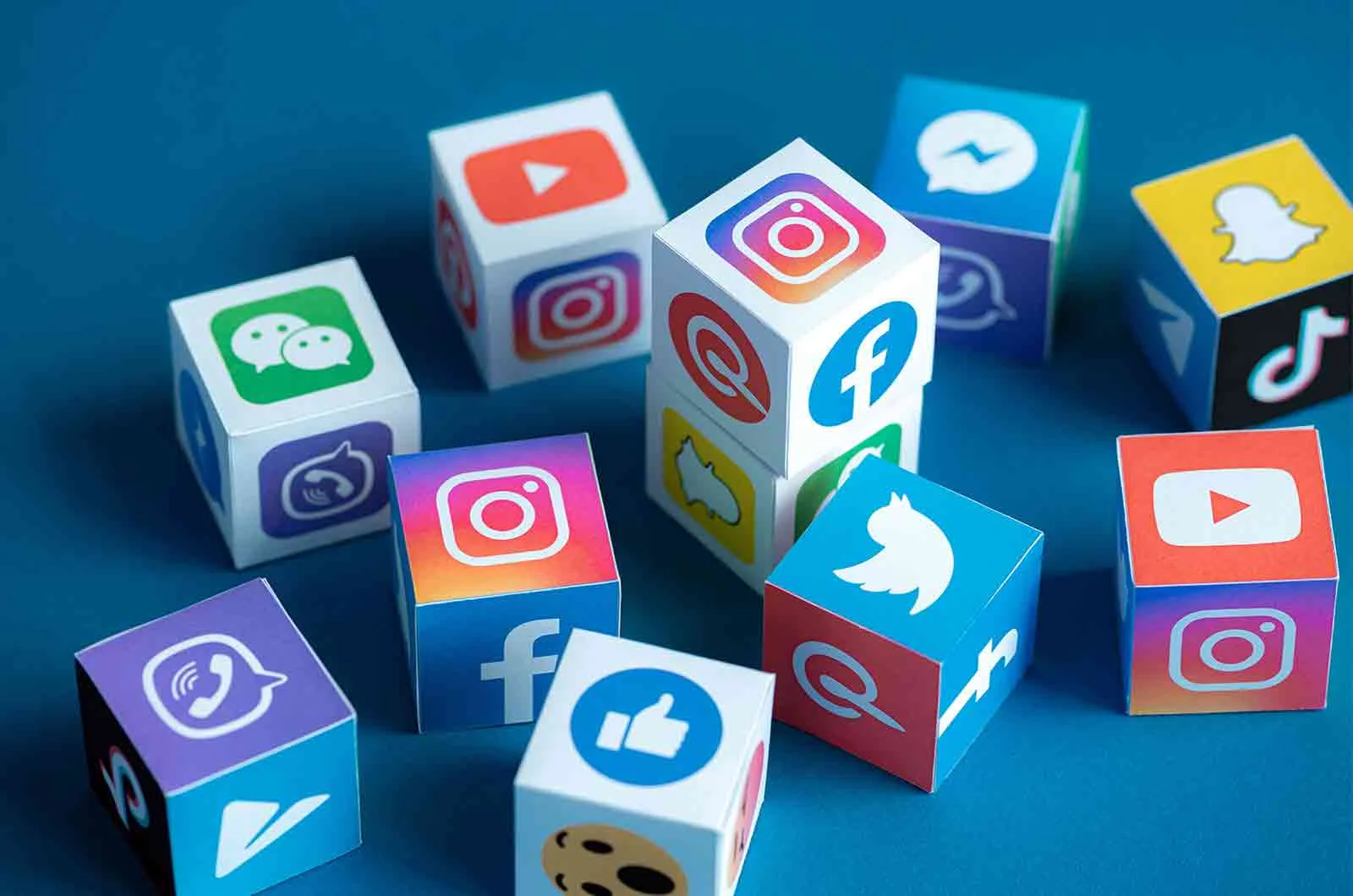
Read More
Businesses are now looking to use their websites for marketing their products and services globally. Website translation is a good starting point, but SEO translations are equally critical. By investing in multilingual SEO services, you enhance your online visibility. SEO translations thus boost site traffic in the global market and, ultimately, sales.
If you’re unsure of the benefits of multilingual SEO or don’t even have a clue about what SEO is, don’t worry. This article highlights the importance of professional SEO translation for a business website and how you can get your site ranking on search engines across the globe.
What is SEO Translation?
SEO stands for search engine optimisation. It refers to the process of making your website liked by online search engines so that your site is listed in the search results. The better your online SEO, the higher up the search results your business website sits. This directly correlates to the number of website visitors and conversions into paying customers.
SEO translation is the process of translating content online, either from a blog or another webpage, into another language. A generalised translation process includes adapting that content to consider the culture and any specific linguistics of the targeted country. Multilingual SEO services go one step further, ensuring your content is searchable in your new market.
For example, imagine you started a blog about your journey to learn about Chinese culture. You are writing in English, but you would like to know how your blog would be received in China. An SEO translation company can help translate your SEO to Mandarin to have your blog pop up in Chinese search engines. This will increase your online visibility in China and help drive web traffic.
Why invest in Multilingual SEO Services?
Before you invest in multilingual SEO services and pay the agency’s translation rates, you might wonder: Why bother at all? Is it really worth it, and does your business or website really have that much to lose without it? The answer is a resounding yes!
There are many benefits to professional SEO translations. One of these advantages is that more people will click on your website. Rather than just translating your website word-for-word, your translator will conduct keyword research and find what phrases your new audience is searching for. They will implement these on your website, improving your visibility, traffic, and sales.
Even if your website has a good SEO presence in the UK already, multilingual SEO services are crucial. Did you know that an estimated 90% of web users choose websites in their native language? Additionally, 56% of users say that the ability to read and understand what is on a website is more important than the cost of the product that they are searching for!
Search engines rank all the web pages on the internet to achieve one primary goal: to give users the more appropriate content that answers their search queries. If your website is not translated, it can quickly drop in the search rankings. For example, Baidu is China’s largest search engine. Through this search engine, websites in English have an 85% chance of never being clicked on and eventually fall in the SEO order.
What Does SEO Translation Entail?
SEO translation involves translating your web pages into another language while considering how this will impact your search ranking. However easy that sounds, translation companies must consider all site aspects as part of their multilingual SEO services. Here are some of these areas that will be addressed when using a professional translation service:
1. Translated Website Domain Name
Your website domain name is an essential factor to consider when paying for multilingual SEO services. In fact, it helps you reach people in other countries when adapted correctly as part of your SEO translation.
One way to accomplish this is to adapt your domain name to something easily understood by internet users who speak another language. This will help the search engine know that you’re trying to connect with another country. Hence, your website will begin appearing under searches in that region.
Not only this, but people in that country will recognise that you have taken the time to invest in some translation and localisation. This will increase your visitor’s trust and appreciation. They’re more likely to click on your site and stay on the page for longer. The search engine sees that you’re giving internet users what they want, boosting you further up the ranks.
2. Country-Specific Website URL
Tailoring your URL is another crucial part of multilingual SEO services. Consider replacing your standard “.com” with something more country-specific. This will place you higher in the search results from that country since it shows the search engine you are explicitly targeting a particular market. More importantly, those who see your website will be more likely to click on the link.
For instance, “.com,” “.org,” and “.gov” are standard URL endings throughout the world. However, there are also country-specific equivalents such as “.co.uk” for the United Kingdom, “.pl” for Poland, and “.ng” for Nigeria. If you change your URL ending to one of these or another country’s equivalent during your SEO translation, the search engine will direct your website to people in that country.
3. Localised Site Content
Upon hiring an SEO translations company, they may suggest creative translation services. Transcreation services may include changing quite a bit of wording on your site. But do not worry – your translator will keep the content as true to its original as possible. However, it might include changing some wording to things that people from another country would better understand.
Essentially, transcreation services keep your content as it is but make minor yet essential changes to account for cultural and linguistic differences. This will help ensure that your customers or visitors can build an even deeper trust for your website. In turn, this reduces bounce rate and helps your website rank high on search engines. It’s thus a crucial part of multilingual SEO services.
4. Keyword Research
Keywords are also critical in SEO translations since search queries are usually how your customers find you. Sometimes a direct translation of keywords is a good strategy, but other times specific keywords can call for a more creative translation solution. Certain keywords can have different meanings in other languages, and no one is searching for the directly-translated phrase.
People from another country can also have an entire idiom for your product or service that they use when searching online. Paying for multilingual SEO services can help avoid this issue and get the customers you need!
Renaissance Translations’ SEO Translation Services
SEO translations are a highly analytical and technical form of translation, combining translation, localisation, transcreation, and SEO tactics. If you need a reliable multilingual SEO service, we have a team of creative translators that can help bring prolific results to your website.
Your partnership with Renaissance Translations comes with professional memberships such as ATC and SDL LSP Partner Programme. Get in touch today with our professional project managers to discuss your project!





